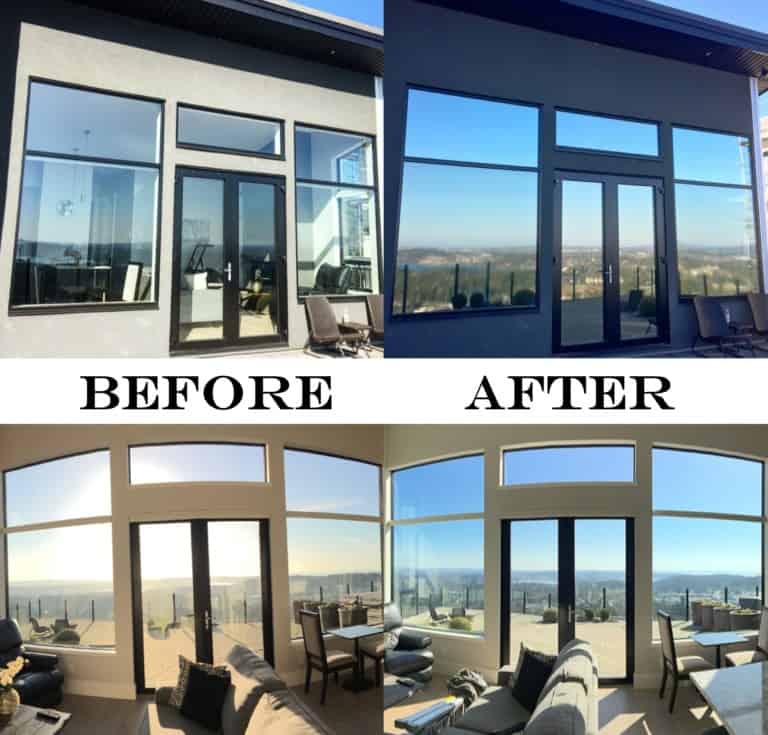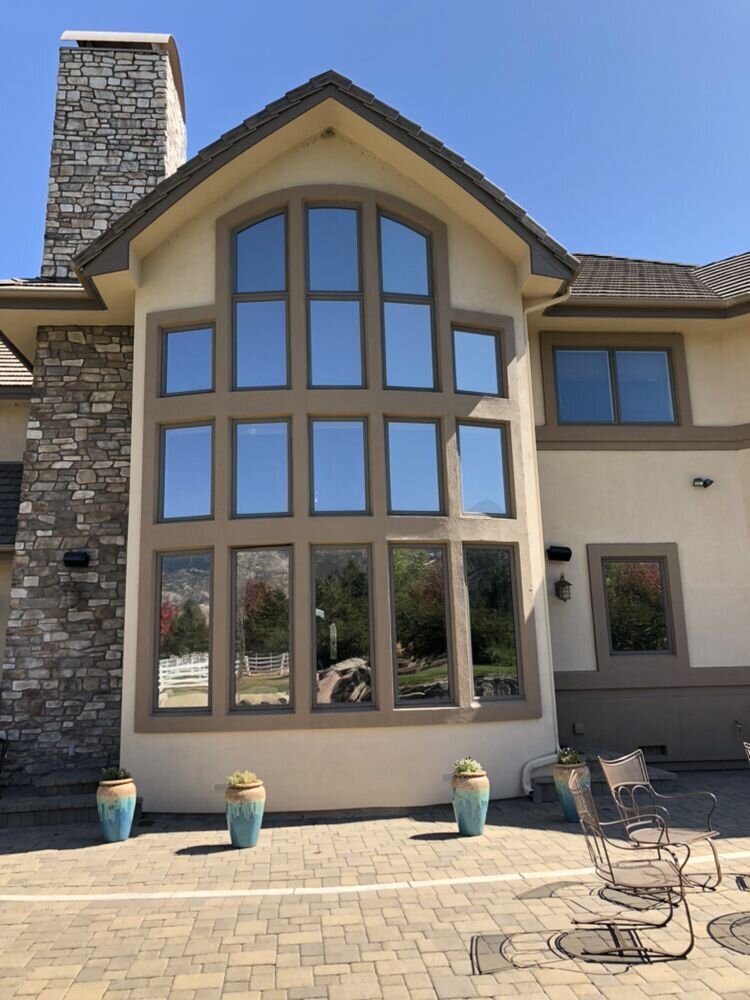Exactly How Residential Window Tint Can Lower Energy Costs
Exactly How Residential Window Tint Can Lower Energy Costs
Blog Article
How Residential Home Window Tinting Boosts Your Home's Power Efficiency
Residential home window tinting offers a compelling option for home owners looking for to improve energy performance within their home. By applying specialized movies to windows, it effectively minimizes warm transfer, therefore maintaining interior temperature levels and decreasing the demand for too much home heating or cooling. This not just cuts energy usage however also provides a much more comfy atmosphere by mitigating glow. However, recognizing the subtleties of just how tinting works and picking the suitable kind for your home can be critical. Oddly, what elements should one consider prior to making this financial investment?
Understanding Home Window Tinting
Recognizing home window tinting is essential for house owners looking for to improve both comfort and power performance in their living areas. Residential Window Tint. Window tinting entails the application of a slim film to the interior or exterior surface area of glass windows. This movie can considerably regulate the quantity of sunshine and warmth that enters a home, hence influencing interior climate conditions
There are different types of window tinting films offered, each with distinctive properties. As an example, colored movies take in solar power, while reflective films disperse it far from the glass surface area. Ceramic films provide a balance of exposure and heat being rejected, making them a popular option amongst home owners. The effectiveness of home window tinting is often determined by its Visible Light Transmission (VLT) portion, which suggests just how much light can travel through the movie.
Advantages of Energy Effectiveness
Window tinting not only improves appearances however additionally plays a considerable function in boosting energy efficiency within property spaces. By decreasing warmth transfer through windows, colored films create a more secure indoor environment, which can lead to substantial reductions in power intake for heating & cooling. This energy efficiency translates into reduced energy costs, offering home owners with significant lasting cost savings.

Additionally, window tinting improves the convenience of living areas. By lessening glow and blocking dangerous UV rays, colored home windows create a more pleasurable atmosphere, which can bring about enhanced health for occupants. The defense against UV rays also helps maintain furniture and floor covering from fading, adding to the durability of home products.
How Tinting Works
Tinting movies operate with a mix of advanced products and innovations designed to regulate the quantity of solar energy entering a home. Primarily composed of polyester, these films often incorporate metallic or ceramic particles that reflect and soak up warmth. This twin capacity permits them to substantially lower the penetration of ultraviolet (UV) rays and infrared radiation while permitting noticeable light to go through.
The effectiveness of window tinting is measured by its solar warm gain coefficient (SHGC), which indicates exactly how much solar power is sent via the home window. Lower SHGC values are more suitable as they signify higher heat rejection. In addition, home window tints can include a variety of tones, permitting house owners to tailor their visual choices while boosting power performance.
In addition, these movies function as an obstacle, protecting against warmth loss throughout colder months by reflecting indoor warmth back into the home. This thermal insulation result enhances the cooling benefits gained throughout warmer months, adding to a well balanced indoor climate year-round. By handling solar power efficiently, property window tinting not only improves convenience however additionally plays an essential role in minimizing power intake and reducing utility costs.
Selecting the Right Tint

There are various kinds of home window movies offered, consisting of colored, metalized, and ceramic. Ceramic movies offer superb heat control without endangering visibility and are very resilient, making them a prominent option.
Noticeable light transmission (VLT) is another crucial aspect, as it shows the quantity of all-natural light that can go through the colored glass. Property owners must pick a tint with a VLT that complements their illumination preferences while still giving appropriate glow reduction.
In addition, assessing the solar heat gain coefficient (SHGC) can aid identify how well a tint can block warm from sunlight. A lower SHGC shows much better heat control, eventually boosting power efficiency.
Setup and Upkeep Tips
Correct installation and upkeep are important elements in making best use of the benefits of household home window tinting. To achieve optimum outcomes, it is suggested to employ a qualified professional for installment. This makes certain that the tint is applied correctly, avoiding air bubbles, creases, or imbalance that can compromise efficiency. Professionals likewise utilize specialized strategies and tools, which can boost the sturdiness and efficiency of the color.
Adhering to setup, maintenance is necessary to prolong the life see this here of the home window movie. It is advised to wait a minimum of thirty days prior to cleansing the tinted home windows to permit the glue to treat fully. When cleansing, make use of a soft towel and a mild, ammonia-free cleaner to avoid harming the film. Avoid abrasive products that might scrape the surface area.
Furthermore, routine evaluations are helpful. Inspect for any peeling or bubbling, which could indicate inappropriate installment or put on over time - Residential Window Tint. Attending to these issues promptly can protect against additional damage and preserve power efficiency. By adhering to these installment and upkeep tips, homeowners can guarantee their window tinting proceeds to supply considerable energy savings and comfort for years to find.
Verdict
In conclusion, property home window tinting serves as an Find Out More efficient remedy for improving energy efficiency within homes. By decreasing heat transfer and obstructing harmful UV rays, home window movies add to lower power usage and improved indoor convenience.
Window tinting involves the application of a thin movie to the inside or exterior surface area of glass home windows. By reducing warmth transfer with windows, tinted films develop a much more stable interior climate, which can lead to substantial reductions in energy usage for heating and cooling.The performance of home window tinting is determined by its solar warm gain coefficient (SHGC), which shows exactly how much solar energy is transferred via the window. By handling solar power properly, domestic window tinting not only boosts comfort but also plays a vital duty in her comment is here reducing energy usage and reducing energy bills.
By lowering heat transfer and obstructing dangerous UV rays, window films add to reduce energy usage and enhanced indoor convenience.
Report this page